A Collector’s Guide to the Web-Slinging World of Spider-Man Action Figures
Are you collecting Spiderman action figures? Or you already have one collection that you want to improve?
Here is an informative guide to start and update your Spiderman figurines collection. Learn all necessary info such as knowing the top Spider-man figures, collecting tips and Spiderman figure buying guide.
For collectors, this translates into a hobby that is as deep, complex, and seemingly endless as the Spider-Verse itself. The original article on this page provided a glimpse into this world. This updated, in-depth guide will take you through the entire, amazing history of Spider-Man action figures, from the earliest “grails” of the 1970s to the high-tech, hyper-articulated figures of today.
We will explore the key brands that defined an era, the specific lines that are most popular in Google search queries, and—most importantly—provide a complete framework for understanding the “value” of these figures, not as a price guide, but as a lesson in what makes a piece of plastic a priceless treasure.
Why Spider-Man? The King of the Action Figure Aisle
Spider-Man is, and has always been, the perfect action figure.
- Visuals: His bright red-and-blue costume is instantly recognizable.
- Powers: His powers—wall-crawling, web-slinging, super-agility—are made for dynamic posing and play.
- The “Variants”: No hero has a more diverse or popular wardrobe. The Black Symbiote Suit, the Iron Spider, Spider-Armor, 2099… all of these are “Spider-Man” and all of them make for a “must-have” new figure.
- The Rogues’ Gallery: A hero is only as good as his villains. Spider-Man’s rogues’ gallery is second only to Batman’s. Green Goblin, Doctor Octopus, Venom, Carnage, Kraven the Hunter—these are not just B-list villains; they are iconic characters in their own right, and collectors need them to complete their displays.
This combination creates a perfect storm for collectors. A single Spider-Man figure is never enough. You need the villains. You need the different suits. You need the supporting cast.
Part 1: The Vintage “Holy Grail” – The 1970s Mego Era
For “grail” collectors—those seeking the vintage originals—the conversation begins and ends with Mego. In 1972, the Mego Corporation launched its “World’s Greatest Super Heroes!” line, and its 8-inch, cloth-costumed Spider-Man was a revolutionary piece of merchandising.
- The Figure: By today’s standards, the Mego Spider-Man is primitive. It featured a generic, muscular body with visible articulation, a simple (often-smiled) head sculpt, and a one-piece, screen-printed cloth costume with removable boots and (on some versions) mittens.
- Why It’s Iconic: This was the first time kids could truly play with a high-quality, poseable figure of their favorite hero. The cloth costume gave it a “realism” that solid plastic couldn’t match. Mego also produced his key villains, including Green Goblin, the Lizard, and Doctor Octopus, making it one of the first lines where you could build out a hero-v.s.-villain-display.
- Vintage Value Factors: The value of a vintage Mego Spider-Man is astronomical, but it is 100% dependent on condition.
- MOC (Mint on Card): A Mego Spider-Man still sealed on its original card or in its original box is a four-to-five-figure collectible. The card must be flat, and the bubble must be clear and uncrushed.
- Loose & Complete: A “loose” (out of package) Mego figure is far more common, but its value hinges on completeness. Is the costume original and free of rips? Are the “Spidey” and “Marvel” tags intact? Does it have its original boots/mittens? Is the chest emblem sticker present and not peeled? A complete, clean loose figure is still a prized, high-value collectible.
Part 2: The 80s & The First “Action” – Mattel’s Secret Wars
After Mego’s dominance faded, the 1980s were surprisingly quiet for Spider-Man. That changed in 1984 with Mattel’s Secret Wars line, tied into the massive Marvel comic book crossover.
- The Figure: This line set a new standard. The figures were a smaller 5-inch scale, all plastic (no cloth), and had basic five-point articulation. Their “action feature” was a gimmick that defined the line: each figure came with a “Secret Shield” featuring a lenticular image that changed when tilted.
- Why It’s Iconic: This line is pure, concentrated nostalgia for 80s kids. It was the first time many had a plastic, playable Spider-Man. More importantly, it was the first toy line to release the Black Suit Spider-Man (the Symbiote costume), which remains one of the most sought-after figures in the entire Secret Wars collection.
- Value Factors: Like Mego, MOC is king. The “8-Back” cards are the most desirable. A loose Secret Wars Spider-Man is common, but its value depends on paint wear (especially on the chest symbol) and the presence of its original, correct Secret Shield.
Part 3: The 90s Revolution – The Toy Biz Juggernaut
If the 70s and 80s were the prelude, the 1990s were the main event. In 1990, a new company, Toy Biz, acquired the Marvel license and launched a line simply titled Spider-Man. This line, and its successor tied to the 1994 Spider-Man: The Animated Series, completely rewrote the rules of action figure collecting.
This is the era that hooked the generation of collectors who are now in their 30s and 40s.
- The Figure: The initial 1990 line was a 5-inch scale, but with far more articulation than Secret Wars. The figures were bulky, muscular, and packed with “action features” like web-launchers, water-squirters, or (in the case of the very first figure) “wall-crawling” action with plastic “suckers” on his back.
- The Animated Series Boom: When Spider-Man: The Animated Series hit the Fox Kids network in 1994, the toy line exploded. Toy Biz produced dozens upon dozens of figures. This era defined several key concepts that are now standard:
- The “Variant” Chase: Toy Biz didn’t just sell “Spider-Man.” They sold “Spider-Armor Spider-Man,” “Symbiote Spider-Man,” “Peter Parker” (with removable cloth goods), “Spider-Sense Spider-Man,” “Web-Shooter Spider-Man,” “Cyborg Spider-Man,” and countless others. Collectors were trained to buy their favorite hero over and over.
- The Deep-Cut Rogues’ Gallery: This line went deep. Collectors could finally build their Sinister Six. We got definitive 90s versions of Venom, Carnage, Doc Ock, Green Goblin, Hobgoblin, Kraven, Mysterio, and Scorpion. These villain figures are often more desirable to modern collectors than the Spidey figures themselves.
- The “First Appearance” Figure: This line gave the world the first-ever figures of many characters, including Carnage and the first fully articulated Venom (the “waist-twist” version).
- The Bridge to Modern Collecting: Spider-Man Classics As the 90s ended, Toy Biz experimented with a new line that would become the blueprint for everything that followed. Spider-Man Classics (2001) featured:
- A new 6-inch scale.
- “Super-poseable” articulation (30+ points, including finger joints and ab crunches).
- A high-quality, detailed sculpt.
- A pack-in comic book.
- A display base (e.g., a wall section). The first figure in this line, a “Spider-Man” with a pole-vaulting base, was a revelation. It wasn’t a “kid’s toy”; it was a “collector’s item.” This line was the direct precursor to the legendary Marvel Legends.
Part 4: The 2000s – Marvel Legends & The Silver Screen
The 2000s saw the hobby split into two dominant paths: the ultimate comic figures and the first-ever blockbuster movie figures.
1. Toy Biz’s Marvel Legends
Spider-Man Classics was so successful it was expanded into Marvel Legends, a line that included the entire Marvel Universe. Spider-Man was a staple in almost every wave.
- The Build-A-Figure (BAF): This line introduced the “Build-A-Figure” concept, where each figure in a wave came with a piece of a larger, often deluxe, character. This was a stroke of genius, forcing “completionist” collectors to buy all 6-8 figures in a wave, even the ones they didn’t want, to build their BAF.
- Iconic Sets: The “Sinister Six” box set is a legendary, high-value item from this era, offering a complete set of Spidey’s main villains in one go.
2. The Sam Raimi Spider-Man Movie Figures (Toy Biz)
In 2002, the Spider-Man movie starring Tobey Maguire broke box office records. The Toy Biz figure line was equally massive.
- The Figures: These 6-inch figures featured stunningly realistic head sculpts of Tobey Maguire, Kirsten Dunst (Mary Jane), and Willem Dafoe (Green Goblin). The articulation was off the charts.
- The “Grail” Figure: The most famous figure of this entire era is the “Super-Poseable Spider-Man” from the Spider-Man 2 (2004) line. With over 40 points of articulation, including fully articulated fingers and toes, many collectors still consider it one of the best Spider-Man figures ever made.
- Value Factors: The “Super-Poseable” Spidey (loose or carded) is a high-demand item. The villain figures, especially the unmasked Green Goblin with its “removable mask,” are also extremely popular.
Part 5: The Modern Era – A Multiverse of Collecting
Today, Spider-Man collecting is bigger, more diverse, and more expensive than ever. Hasbro (who acquired the license from Toy Biz in 2007) dominates the mass market, while premium brands cater to high-end collectors.
1. Hasbro’s Marvel Legends
This is the single most dominant and popular line for Spider-Man collectors today. Hasbro standardized the 6-inch scale and continues the BAF concept. The line’s popularity is fueled by:
- The MCU: Figures based on Tom Holland’s Spider-Man (the “Iron Spider,” “Upgraded Suit”) are system-sellers.
- The Spider-Verse: The Into the Spider-Verse animated films introduced a new generation to Miles Morales and Spider-Gwen (Gwen Stacy). Their Marvel Legends figures are wildly popular.
- GamerVerse: Figures based on the highly successful PlayStation Spider-Man games (Insomniac’s “Advanced Suit”) are also in high demand.
- Retro Lines: Hasbro cleverly releases new, highly-articulated figures on vintage-style “retro” cards that mimic the 90s Toy Biz packaging, hitting the nostalgia button for adult collectors.
- Multi-Packs: The “Renew Your Vows” 2-pack (featuring a classic Spider-Man and a “Spinneret” Mary Jane) is considered by many to be the current definitive comic-book Spider-Man.
2. The High-End Market: Hot Toys
For collectors with a “go big or go home” mentality, there is Hot Toys.
- The Figures: These are 1/6 scale (approx. 12 inches) masterpieces. They feature hyper-realistic head sculpts, tailored cloth costumes, mixed-media elements, and a staggering number of accessories (dozens of hands, unmasked heads, diorama bases).
- The “Investment”: A Hot Toys Spider-Man is not a toy; it’s a high-end investment piece, often costing between $250 and $450. They are most famous for their MCU and Spider-Verse figures.
3. The Import Market: S.H.Figuarts & Mafex
Competing directly with Hasbro, but at a premium price point, are the Japanese import brands.
- The Figures: S.H.Figuarts (by Bandai) and Mafex (by Medicom) produce 6-inch scale figures that are celebrated for their incredible articulation, clean paint applications, and wealth of accessories.
- Why Collect Them? A collector might buy a Mafex “Comic Paint” Spider-Man because they prefer its articulation scheme and brighter colors to the Hasbro version. The S.H.Figuarts “No Way Home” final suit is another highly-praised figure.
4. The Vinyl Market: Funko Pop!
No discussion of modern collecting is complete without mentioning Funko Pop! While not “action figures,” these vinyl figures are a massive, parallel hobby. The sheer number of Spider-Man Funko Pop! variants (convention exclusives, retailer exclusives, flocked, glow-in-the-dark, metallic) is an endless chase for collectors.
Part 6: “What’s My Spider-Man Figure Worth?” – A Collector’s Guide to Value
You’ve found a box of old figures. You’re looking at a rare figure on eBay. What truly determines its value? (This is not a price guide, but a guide to what to look for.)
1. Condition: The MOC/MISB vs. Loose Dilemma
This is the single most important factor for vintage figures.
- MOC/MISB (Mint on Card / Mint in Sealed Box): The figure is still in its original, unopened packaging. This is the “investment grade” standard.
- Card Condition: Is the card flat or bent? Are the corners sharp or soft?
- Bubble Condition: Is the plastic “bubble” holding the figure clear or yellowed? Is it dented or cracked? A clear, perfect bubble on a flat card is the “grail.”
- A “loose” (out of package) Mego Spider-Man might be worth $50-$100. The exact same figure sealed on a card can be worth $5,000+.
2. Completeness (For Loose Figures)
A loose figure is only as valuable as its accessories.
- Does your Secret Wars figure have its shield?
- Does your 90s Venom have his “Symbiote-ooze” backpack?
- Does your Marvel Legends figure have its alternate “unmasked” head and all 6 of its extra hands?
- A “complete” loose figure is valuable. An “incomplete” loose figure’s value plummets, as collectors will have to hunt down the missing accessories, which is often expensive and difficult.
3. Rarity: Exclusives & “Short-Packing”
- Retailer Exclusives: Was the figure only sold at Walmart, Target, or Walgreens? This limits its availability and often increases its value.
- Convention Exclusives: Was it only sold at San Diego Comic-Con (SDCC) or New York Comic-Con (NYCC)? These are the definition of “rare” and are instantly valuable on the secondary market.
- “Short-Packing” / “Chase”: In a shipping case of 8 figures, there might be 3 Spider-Man figures, 2 villains, and only 1 of a specific “chase” variant. This “short-packed” figure is instantly the rarest and most valuable of the wave.
4. The “Key Figure” Concept
Value is often tied to history. Is this the first figure of a major character?
- The first Mego Spider-Man.
- The first Secret Wars Black Suit Spider-Man.
- The first Toy Biz Carnage.
- The first Marvel Legends Miles Morales. These “first appearance” figures will always hold a special, high-value place in the hobby.
5. Professional Grading (AFA/CGA)
For the highest-end MOC/MISB figures, collectors turn to professional grading services like the Action Figure Authority (AFA) or Collector Grade (CGA). The figure is sent in, authenticated, and “graded” on a 1-100 scale for its card, bubble, and figure condition. It is then permanently sealed in a hard, UV-protected acrylic case. This “slabs” the figure, guaranteeing its condition and locking in its high-end value for investors.
How to Start Your Web-Slinging Collection: A Guide for New Collectors
It’s an intimidating hobby. Where do you even begin?
- “Pick Your Lane”: You cannot collect everything. This is the path to “Spider-Man fatigue” and an empty wallet. Choose a focus:
- By Scale: “I will only collect 6-inch Marvel Legends.”
- By Character: “I will try to get every Venom figure ever made.”
- By Era: “I only want the 90s Animated Series figures from my childhood.”
- By Team: “I am trying to build the Sinister Six in Marvel Legends scale.”
- Where to Hunt:
- Retail: Target, Walmart, and GameStop for modern Hasbro lines.
- Online: BigBadToyStore and Entertainment Earth for pre-orders. eBay and Mercari for secondary-market and vintage figures (be careful of fakes).
- Local: Your Local Comic Shop (LCS) is your best friend. They are a hub for collectors and often have a mix of new and vintage.
- Conventions: Collector’s conventions (“ToyCons”) are the best place to see a massive amount of figures in one place and haggle on prices.
- Display & Preservation:
- The Shelf: The IKEA “Detolf” glass cabinet is the unofficial uniform for 1/6 and 6-inch collectors.
- Light Kills: Keep your collection out of direct sunlight. Sunlight will fade cloth costumes, yellow plastic, and fade package art.
- Action Poses: The fun of modern figures is the posing. Invest in good “flight stands” to get your Spidey in dynamic, web-slinging poses.
The Never-Ending Web
The world of Spider-Man action figures is a living history of the toy industry. It tracks our technology, from simple cloth dolls to laser-scanned, hyper-real sculptures. It’s a history of marketing, from pack-in comics to “Build-A-Figure” incentives.
But for the collector, it’s simpler than that. It’s a way to hold a piece of your childhood. It’s the thrill of the hunt. And it’s the joy of finally getting that one, perfect figure, setting it up on your desk in a classic pose, and having a physical connection to the hero who taught us all that with great power, there must also come great responsibility.

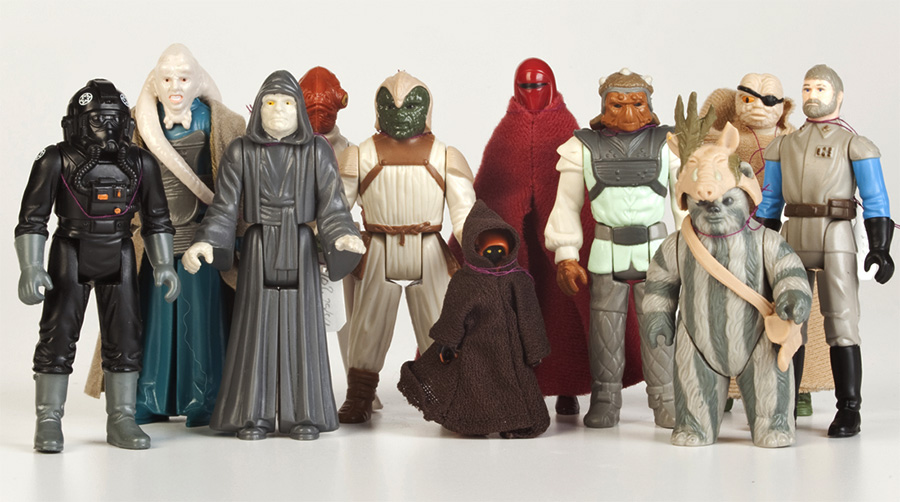
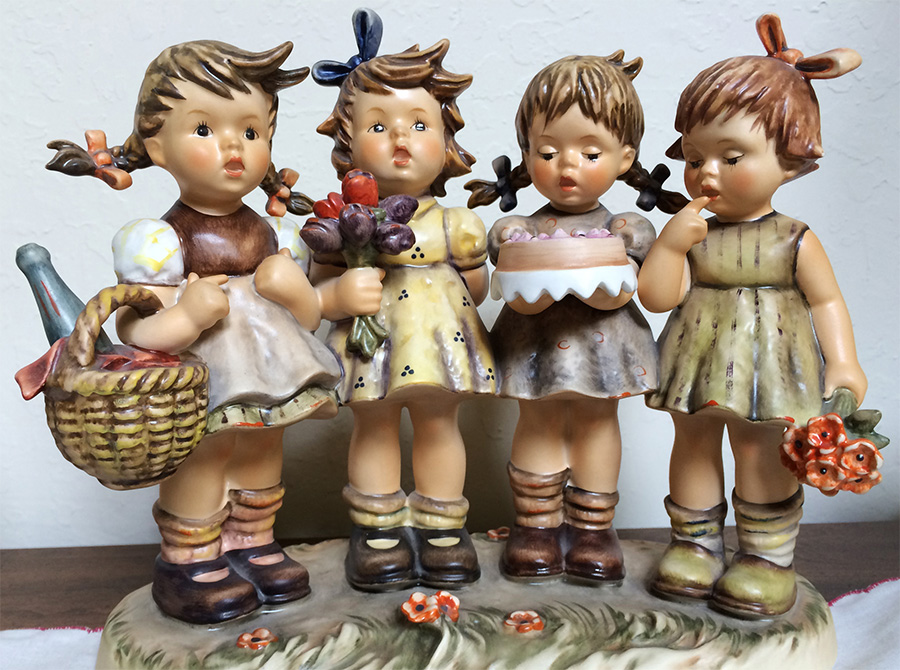
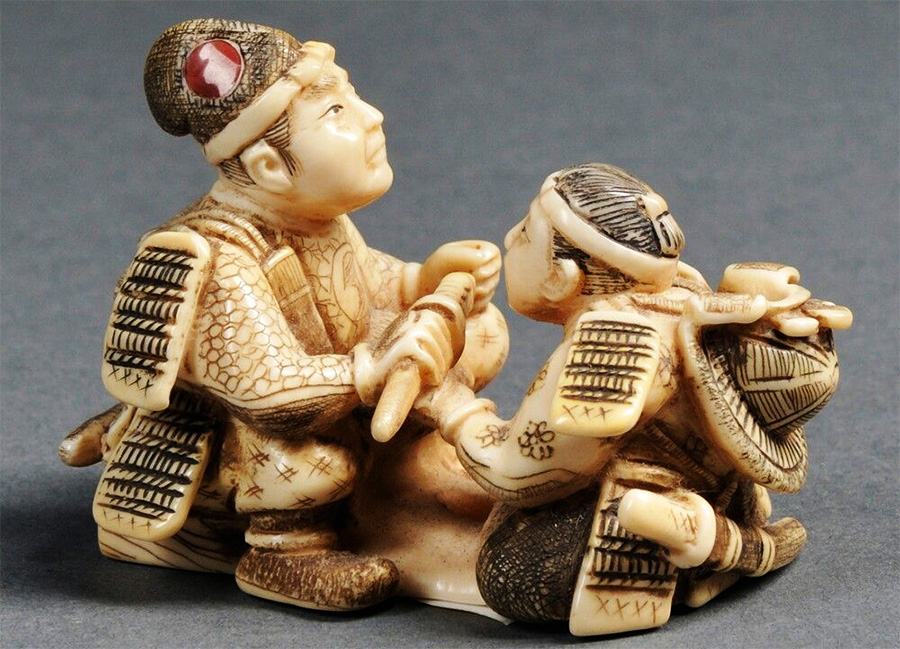
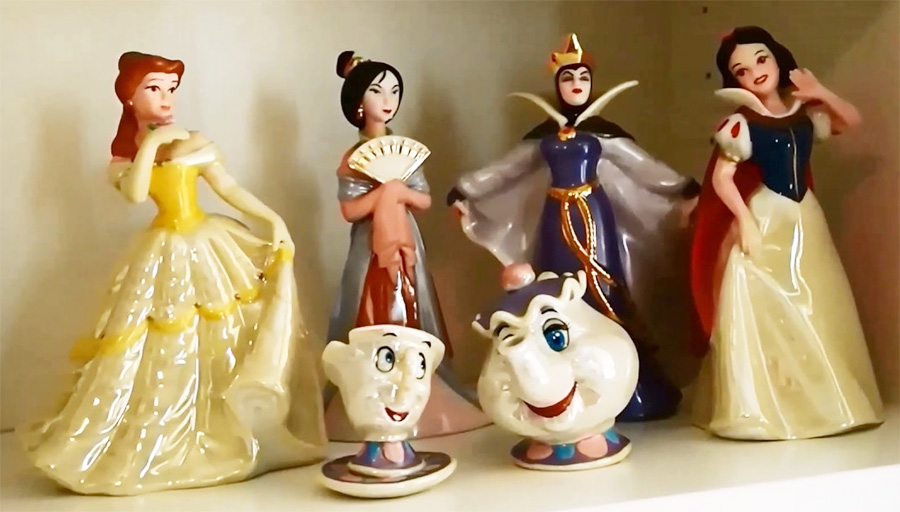
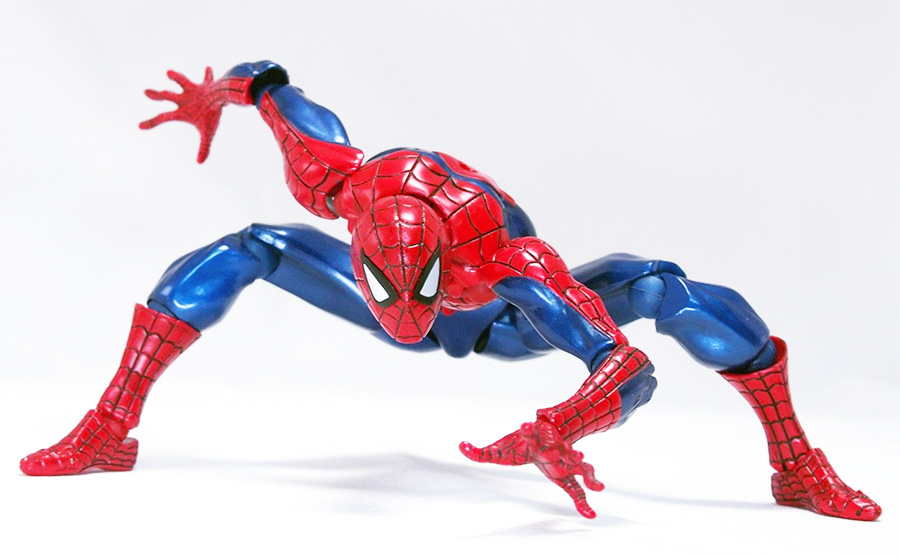
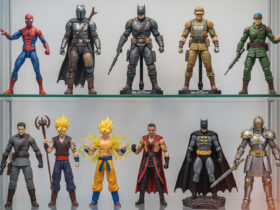
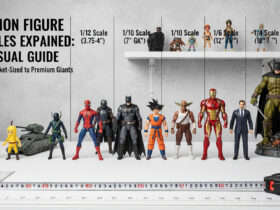
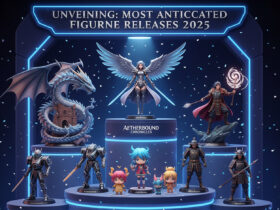
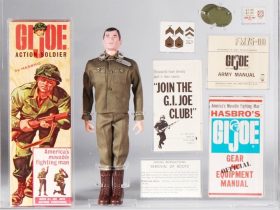

Leave a Reply